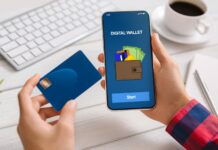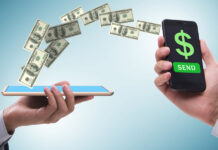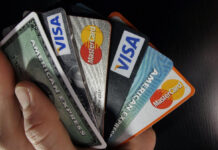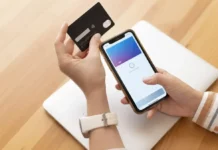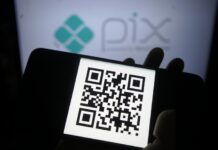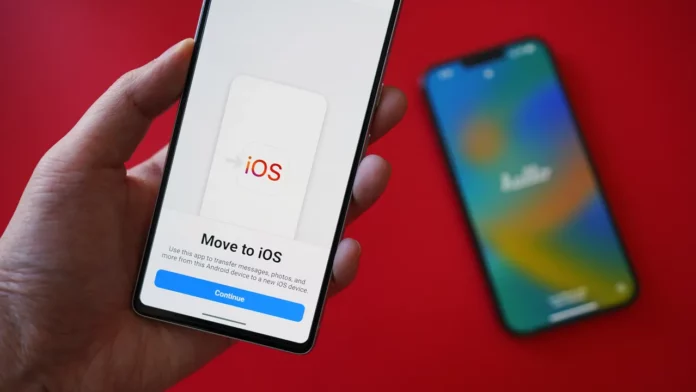Today I’m not going to talk about payments, but about my transition from the Samsung S line to the iPhone! I was trying to keep my postings focused on payments, but having my iPhone screen scratched in less than two weeks had me thinking.
To all Apple and Samsung fans, I am not an MKBHD, but I know what I see and feel. I am not the most popular tech channel on YouTube, but I know my technology. To provide some context, I went from a Samsung Galaxy S22 to an iPhone 15 Pro.
Before I begin, my main complaint is that I completely, utterly, and totally lost my smartwatch, a perfectly functional Samsung Galaxy Watch 4, all because Samsung opted not to provide IOS compatibility for my smart watch model.
Having saying that, I’ve been with Samsung since the Galaxy S2. I’ve gone through the 2, 3, 4, 5, 6, 7, which is still in a drawer someplace in my office, 8, 10, 20, 22, and now the iPhone 15. All of these phones have had no serious scratches on their screens in the last 12 years, despite the lack of screen protection. Keep in mind that I did not drop my iPhone 15 on cement; the darn scratch just appeared.
I knew that Samsung had previously provided Apple with not only chips but also screens, which encouraged me to go online. I needed to figure out why Samsung screens do not scratch as easily as Apple’s, and I was surprised to see how many people were complaining about scratches on their brand-new iPhone 15.
I discovered that from the iPhone 12, Apple has used a glass technology called “Ceramic Shield.” While the word sounds sophisticated, it’s only a marketing ploy, as the iPhone’s new glass is manufactured by Corning, the same company that produces the majority of smartphone glass screens.
Ceramic Shield makes your iPhone less prone to shatter when dropped, which is a good thing. Even though the two terms sound similar, shatter resistance is not the same as scratch resistance. After all, if Ceramic Shield glass is so strong, shouldn’t it be able to withstand scratches just as well as drops?
In reality, the reverse appears to be true. Creating a shatter-resistant glass sometimes entails making it more scratch-prone. This is how Marques Brownlee (MKBHD) describes things in his review of the iPhone 12. After normal use, his review device immediately picked up a few of unattractive marks on the display, which was consistent with many of our own experiences.
According to Brownlee, the two attributes have an inverse connection. Glass that is more shatter-resistant is softer, making it more prone to scratches, whereas glass that is tougher will not scratch as easily, but the tension makes it more likely to break upon contact. “Ceramic Shield is softer, and thus more scratch-prone,” is a common allegation on the internet.
It can be tough to get good statistics to back up the claim for smartphone glass.
While it’s too early to say whether or not getting an iPhone was a mistake, I believe I can offer my top five pet peeves during the adaptation phase.
1. No number row on keyboard
2. Swipe anywhere on the screen to get the “Back button”
3. File management on iPhone is horrible.
4. Android offers superior widgets.
5. Volume control is more adjustable.




